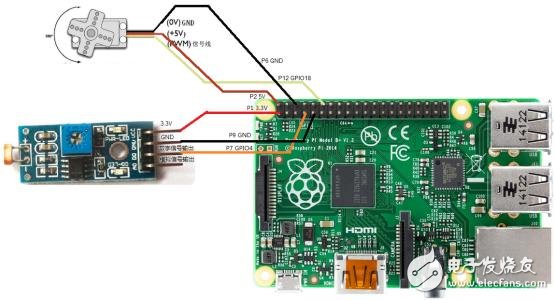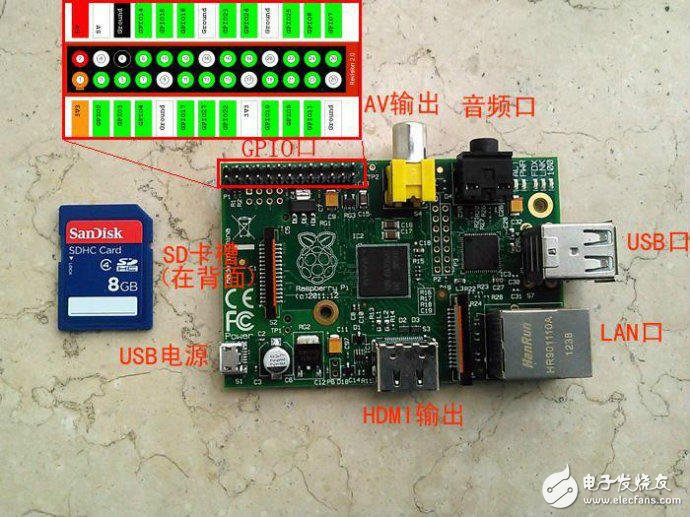The Raspberry Pi has become increasingly popular, and the online resources related to it are growing rapidly. Originating from the United Kingdom, the Raspberry Pi has gained a strong following in the global open-source embedded community, where sharing knowledge is a common practice. As a result, numerous libraries and development tools have been created for the Raspberry Pi, making it more accessible and versatile. This article provides a detailed explanation of the Raspberry Pi GPIO interface and its programming methods.
 There are several ways to write and run GPIO code on the Raspberry Pi:
1. **Writing Directly on the Raspberry Pi**: You can use built-in text editors like nano or vim, or IDEs like Thonny or Geany to write and run your code directly on the device.
2. **Writing on Windows**: If you're writing Python scripts, you can transfer them to the Raspberry Pi via FTP and then execute them using an SSH client. For C programs, you'll need to compile them on the Raspberry Pi to generate an executable file, similar to how .exe files work on Windows.
3. **Writing on Other Linux Distributions**: Unlike Windows, you can install cross-toolchains on other Linux systems like Ubuntu. This allows you to cross-compile C programs into executable files that can be transferred to the Raspberry Pi via FTP. While this method differs slightly from direct coding, it offers flexibility for developers who prefer working on their desktops.
In summary, the Raspberry Pi's GPIO system is a powerful tool that enables interaction with real-world hardware. Understanding the different numbering schemes and programming methods gives you greater control over your projects and helps you make the most of this versatile platform. Whether you're a beginner or an experienced developer, learning to work with GPIO is a valuable skill that opens up endless possibilities.
There are several ways to write and run GPIO code on the Raspberry Pi:
1. **Writing Directly on the Raspberry Pi**: You can use built-in text editors like nano or vim, or IDEs like Thonny or Geany to write and run your code directly on the device.
2. **Writing on Windows**: If you're writing Python scripts, you can transfer them to the Raspberry Pi via FTP and then execute them using an SSH client. For C programs, you'll need to compile them on the Raspberry Pi to generate an executable file, similar to how .exe files work on Windows.
3. **Writing on Other Linux Distributions**: Unlike Windows, you can install cross-toolchains on other Linux systems like Ubuntu. This allows you to cross-compile C programs into executable files that can be transferred to the Raspberry Pi via FTP. While this method differs slightly from direct coding, it offers flexibility for developers who prefer working on their desktops.
In summary, the Raspberry Pi's GPIO system is a powerful tool that enables interaction with real-world hardware. Understanding the different numbering schemes and programming methods gives you greater control over your projects and helps you make the most of this versatile platform. Whether you're a beginner or an experienced developer, learning to work with GPIO is a valuable skill that opens up endless possibilities.




PP Velcro Woven Sleeve is braided of environmentally friendly PP yarn, it light weight, flame resistance, abrasion resistance and heat insulation. It easy wrap around design and the extra overlap to enclose around important wires in electronic communication and power systems/
PP Velcro Woven Sleeve is widely used in the field of protecting cables, wiring harnesses and tubes. Such as: automobile wire harnesses, electronic devices, railway…..
Velcro Braided Sleeving, Velcro Sleeve Cable,PP Velcro Woven Sleeve,Velcro PP Wrap
Dongguan Liansi Electronics Co.,Ltd , https://www.liansisleeve.com
